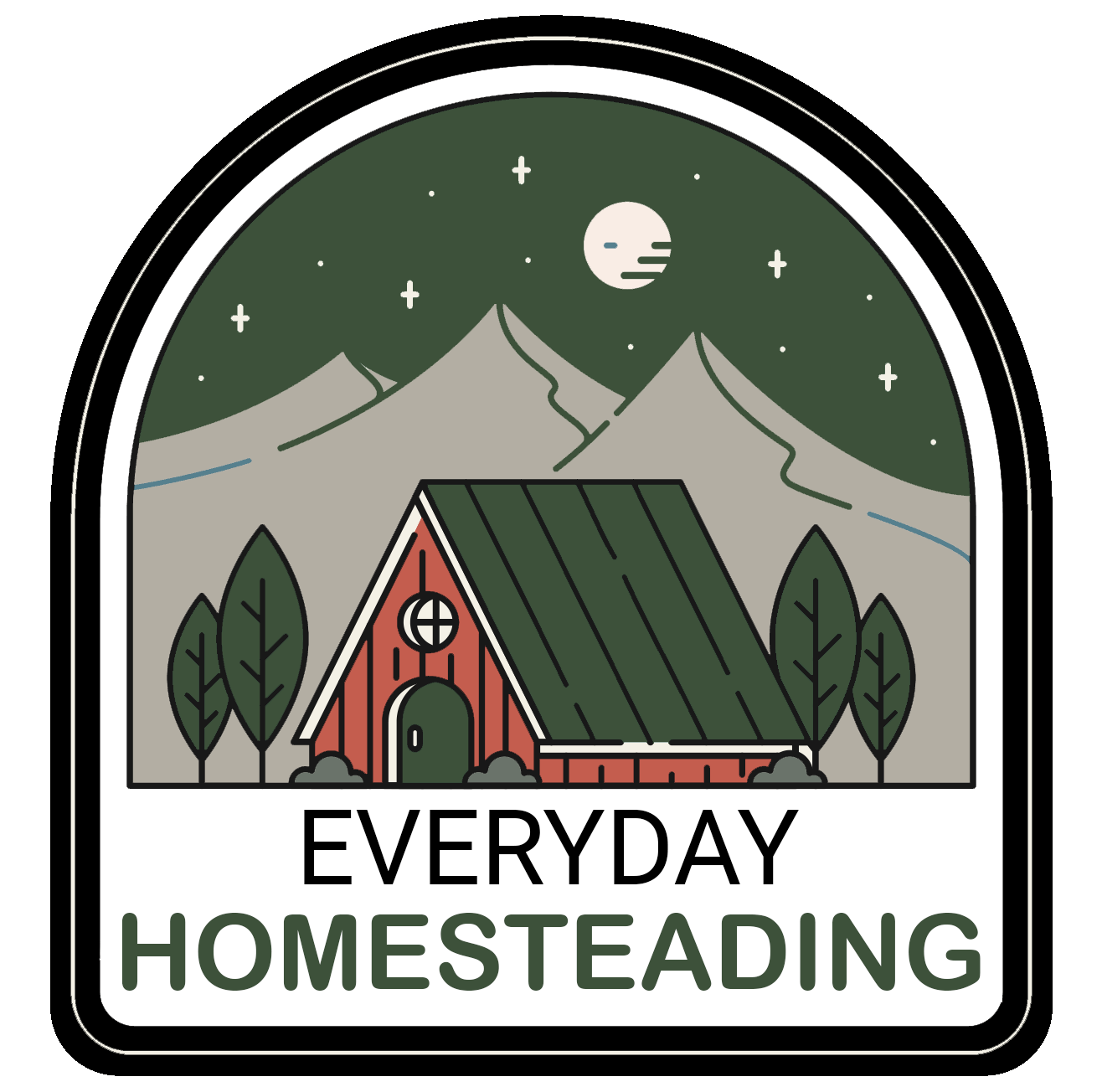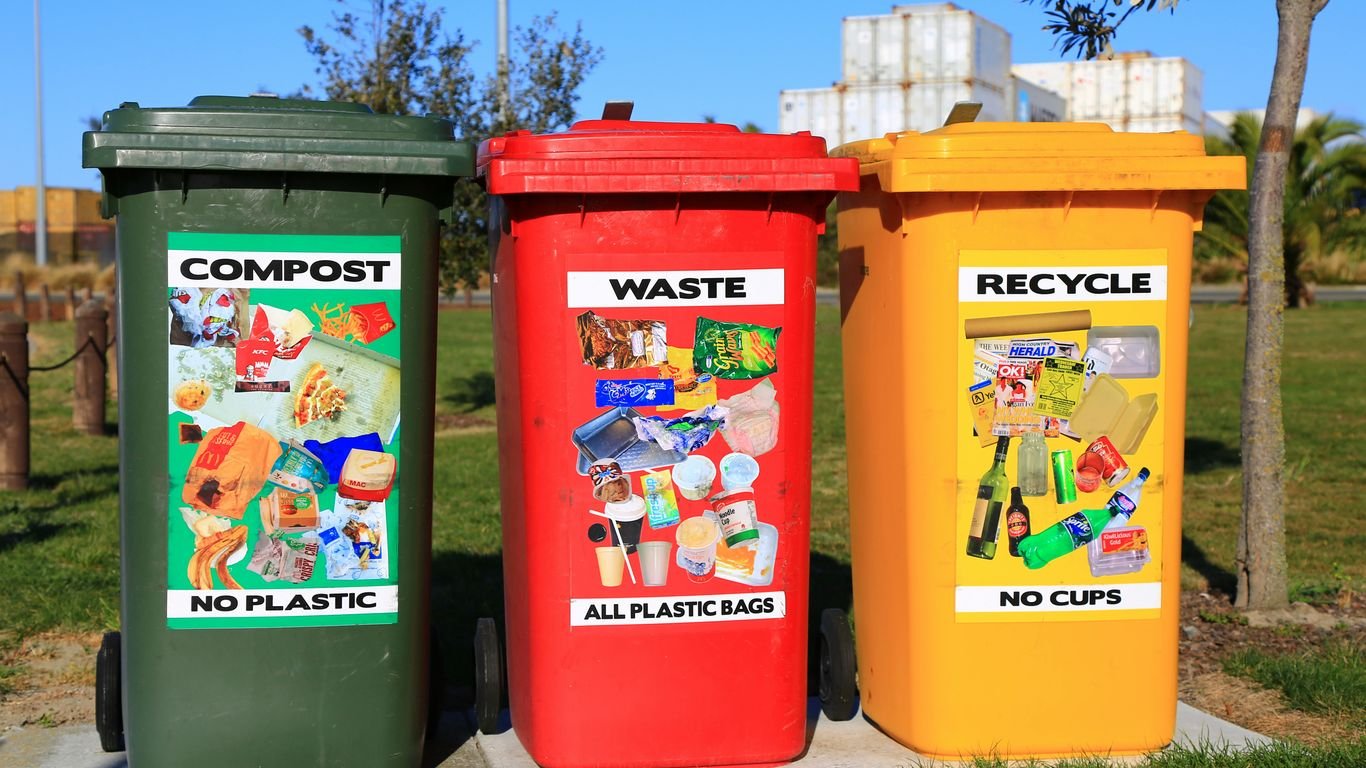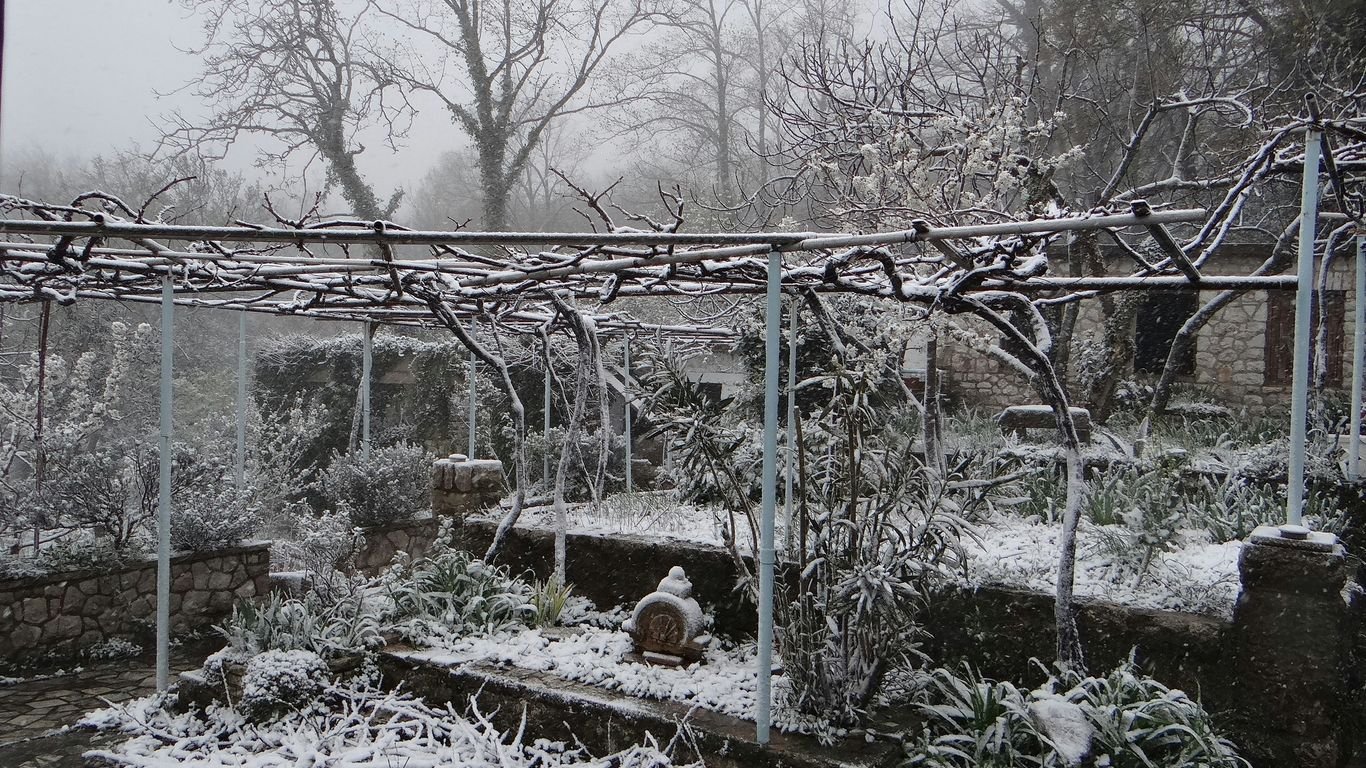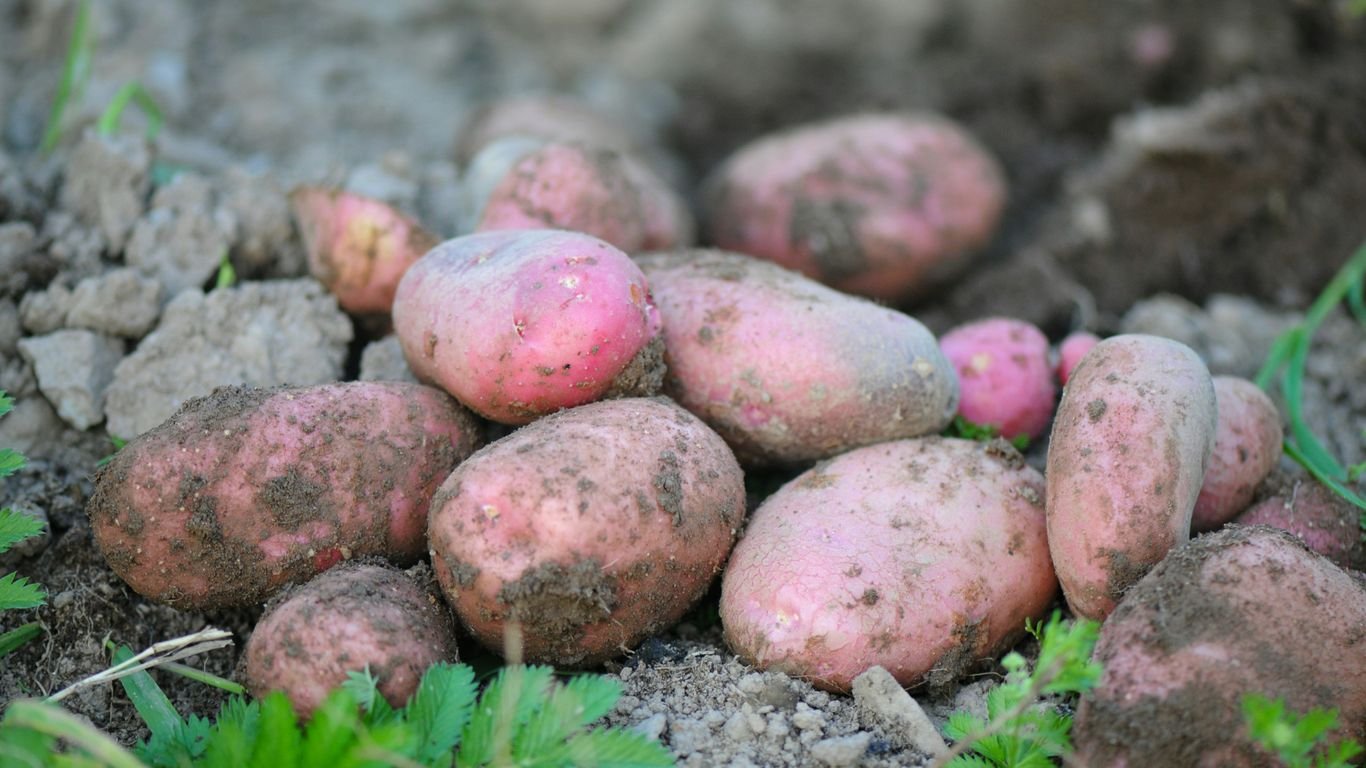Zone 8 November Planting Guide: Winter Greens and Cold-Frame Crops

November might seem like the end of the gardening year for some, but here in Zone 8, we’re just getting started with a whole new season of growing. We can actually keep our gardens producing through the cooler months, which is pretty neat. This zone 8 November planting guide is all about helping us make the most of this time, focusing on hardy veggies that love the chill and how we can give them a little extra help with things like cold frames. It’s not about growing tomatoes, but there’s still a lot we can get from our plots.
Key Takeaways
- Zone 8’s mild climate is perfect for growing cool-season crops even in November, with the first frost typically arriving around mid-November.
- We can extend our harvest season by planting hardy greens, root vegetables, and alliums that tolerate cooler temperatures and light frosts.
- Preparing our soil with compost and choosing the right location, possibly with protection like cold frames or row covers, is important for success.
- Specific vegetables like spinach, kale, broccoli, carrots, and peas do well when planted in Zone 8 during November.
- Using structures such as cold frames, hoop tunnels, and row covers can significantly protect crops and allow for harvesting well into winter.
Embracing the November Chill: Your Zone 8 Planting Guide
November might sound like the end of the gardening year for many, but here in Zone 8, it’s actually a fantastic time to get some planting done. The intense heat of summer is long gone, and the soil is still warm enough to encourage new growth. Plus, with cooler temperatures, we can work in the garden without breaking a sweat, and the weeds tend to slow down their frantic pace. It’s a sweet spot for getting hardy greens and root vegetables established, especially if we give them a little protection.
Why November is Prime Time for Zone 8 Planting
Think of November as a second spring for us in Zone 8. The first frost usually holds off until mid-month, giving us a window to sow seeds that will mature through the cooler months. This is when many cool-season crops truly shine. They develop better flavor and texture when they aren’t stressed by heat. We’re talking about crisp lettuces, robust kale, sweet carrots, and earthy beets. It’s also a great time to get garlic and other overwintering alliums into the ground.
Understanding Zone 8’s Microclimates and Frost Dates
Zone 8 isn’t a monolith, though. We have microclimates to consider. Areas near the coast might be milder than those further inland, and even our own yards can have warmer spots (like near a south-facing wall) or colder pockets (low-lying areas where frost settles). Our average first frost date is around November 15th, but it’s always wise to keep an eye on the weather forecast. Some plants can handle a light frost, while others need a bit more shielding. Knowing your specific area’s typical frost pattern is key to success.
The Benefits of a Zone 8 Winter Garden
Gardening in the cooler months offers some great perks. For starters, the increased rainfall we often get means less watering for us. Fewer pests and diseases tend to be active, too, which means healthier plants with less fuss. And let’s not forget the satisfaction of harvesting fresh produce from your garden when others are relying solely on the grocery store. It’s a chance to extend our growing season and enjoy a continuous supply of delicious, homegrown food. Plus, the slower growth in cooler weather often results in more concentrated flavors – think sweeter carrots and more tender greens.
Essential Cold-Frame Crops for Zone 8

When November rolls around in Zone 8, we’re often thinking about winding down our gardens. But for those of us who love a continuous harvest, this is actually a fantastic time to get some cold-frame crops going. These are the plants that can really take advantage of a little protection, allowing us to keep picking fresh veggies even when the temperatures drop.
Hardy Greens That Thrive Under Cover
Leafy greens are our best friends when it comes to cold frames. They don’t need a lot of heat to keep growing, and a bit of cover can protect them from the harshest frosts. We’re talking about things like spinach, which we can sow in mid-September for a steady supply all winter long. Varieties like ‘Giant Winter’ or ‘Tyee’ are real troopers. Then there’s arugula; it grows fast and has a peppery bite that’s great in salads. Mache, also known as corn salad or lamb’s lettuce, is another winner. It forms small rosettes of leaves that you can snip off at the soil line. It’s incredibly cold-hardy and can even self-sow if you let it. We’ve found that planting these greens in late summer or early fall gives them enough time to establish before the real cold hits, and then the cold frame does the rest. It’s amazing how much you can keep picking with just a little bit of shelter.
Root Vegetables for Extended Harvests
While we might not be thinking of root vegetables for a cold frame, some can actually do quite well. Carrots and beets, for instance, can be planted in late summer or early fall. They’ll grow slowly through the cooler months, and you can dig them up as needed. The flavor often gets sweeter after a light frost, too. Radishes are another option; they grow quickly and can provide a bit of spice to our winter meals. The key here is to get them in the ground early enough so they have some size before the ground potentially freezes solid. A cold frame helps keep the soil workable and protects the developing roots.
Alliums and Legumes for Winter Bounty
Don’t forget about alliums and some legumes! Scallions, especially hardy varieties like ‘Evergreen Hardy White’, are fantastic for winter harvests. We direct sow them in September, and with a cold frame, we can keep picking the green tops all winter. They’re super versatile in the kitchen. For legumes, fava beans are surprisingly cold-tolerant. Planting them in the fall means they’ll be ready for an early spring harvest, giving us something to look forward to. It’s a bit of a longer game, but well worth it for that early protein boost. We’ve also had success with planting peas in the fall for a late harvest or an early spring one, depending on how mild the winter is. These crops, with a little protection, really extend what we can harvest from our gardens.
Protecting these crops isn’t just about keeping them from freezing; it’s about creating a microclimate where they can continue to grow, albeit slowly. This means less work for us in terms of watering and weeding, and more fresh food on our plates.
Here’s a quick look at what we like to put in our cold frames:
- Spinach: For salads and cooking.
- Arugula: Adds a peppery kick.
- Mache (Corn Salad): Mild and tender.
- Scallions: Great for flavor in many dishes.
- Carrots: For snacking or cooking.
- Radishes: Quick to grow, adds spice.
- Fava Beans: For an early spring harvest.
Getting these planted now means we can enjoy a surprising amount of fresh produce right through the colder months. It’s a great way to keep our connection to the garden alive even when the weather turns. For more ideas on what to plant in November, check out this guide to fall planting.
Preparing Your Garden for November Planting
Soil Preparation and Amendment Tips
Alright, let’s talk dirt. Before we get too deep into planting, we need to make sure our soil is in good shape. Think of it as tucking your garden in for a long winter nap, but with a comfy, nutrient-rich blanket. We want to add some good stuff back into the soil after a busy growing season. Compost, well-rotted manure, or even some shredded leaves are fantastic for this. They break down over winter and feed the soil. If you’ve got a soil test kit lying around, now’s a great time to use it. Knowing what your soil needs will help us plan for spring.
Choosing the Right Location and Protection
When we’re thinking about where to plant our cold-frame crops, we want to pick a spot that gets as much sun as possible, even in these shorter days. South-facing is usually the way to go. We also need to consider protection. This is where our cold frames, hoop tunnels, or even just some sturdy row covers come into play. We want to shield our new plantings from the harshest winds and the coldest snaps. A little bit of planning here goes a long way in keeping our greens happy.
Watering and Weed Management in Cooler Weather
Watering in November is different. The soil dries out much slower now, so we need to be careful not to overdo it. Check the soil moisture before you water – stick your finger in a few inches. If it feels damp, hold off. Weeds might seem like they’re taking a break, but they can still pop up. It’s a good idea to do a final sweep for any stragglers. Pulling them now means less work for us when spring rolls around and makes sure they aren’t stealing precious resources from our new plants.
Specific Vegetable Recommendations for Zone 8 November
Leafy Greens: Spinach, Kale, and Arugula
When it comes to leafy greens in Zone 8, November is a fantastic time to get them in the ground, especially if you’re looking for a continuous harvest through the cooler months. We find that spinach, kale, and arugula are absolute champs in this regard. Spinach bolts (goes to seed) quickly in heat, so fall planting is ideal. It can handle a light frost, and even tastes sweeter after one. Kale, on the other hand, is incredibly hardy. We’ve had kale survive pretty harsh freezes, and it just keeps on giving. Arugula is a fast grower and adds a peppery kick to salads. Planting these now means you’ll have fresh greens when not much else is growing.
- Spinach: Look for varieties like ‘Bloomsdale Long Standing’ or ‘Tyee’ for good cold tolerance.
- Kale: ‘Lacinato’ (Dinosaur kale) and ‘Red Russian’ are reliable choices.
- Arugula: ‘Wild Arugula’ or ‘Astro’ will give you quick results.
Brassicas: Broccoli, Cabbage, and Collards
Brassicas are a bit more of a commitment, but totally worth it for a winter harvest in Zone 8. We often start broccoli and cabbage from transplants in early fall for a late fall or early winter harvest. Collards are even tougher and can be planted from seed directly in the ground now. They can withstand significant cold, and like kale, often improve in flavor after a frost. If you’re using a cold frame or row covers, you can really extend the harvest window for these.
Don’t be afraid to plant these a bit closer together than you might in summer. This can help protect the plants from harsh winds and retain a bit more warmth.
Root Crops: Carrots, Beets, and Radishes
Root vegetables are another great category for November planting in Zone 8. Carrots and beets planted now might not reach full size before the coldest weather hits, but they’ll often overwinter and be ready for an early spring harvest. Radishes, especially the daikon or winter varieties, are faster and can provide a harvest within a month or so, even in cooler temperatures. We like to sow them a bit thicker than usual and thin them out as we harvest the thinnings for salads.
| Vegetable | Planting Time (Zone 8 Nov) | Harvest Time (Approx.) | Notes |
|---|---|---|---|
| Carrots | Early November | Spring | Overwinters well, sweetens with cold |
| Beets | Early November | Spring | Harvest roots and greens |
| Radishes | Mid-November | 3-5 weeks | Choose winter varieties for longer storage |
Other Cold-Tolerant Stars: Peas and Fava Beans
While we often think of peas and fava beans as spring crops, planting them in late fall in Zone 8 can be a game-changer. We’ve had success sowing them in November for an early spring harvest. They benefit from the cooler soil temperatures to get established. Fava beans, in particular, are quite cold-hardy and can overwinter nicely. Just make sure they have good drainage, as soggy soil is their enemy. Planting these now means you get a head start on the spring growing season, often before you’d even think about starting seeds indoors.
Extending the Season with Protective Structures

Even though the days are getting shorter and the air is getting crisp, we don’t have to pack away our gardening tools just yet. For us in Zone 8, November is actually a fantastic time to get creative with how we protect our plants. Using simple structures can make a huge difference in what we can harvest and when. It’s all about giving our cold-hardy veggies a little extra cozy blanket against the chill.
The Magic of Cold Frames
A cold frame is basically a mini greenhouse, usually a bottomless box with a clear lid. We can use them to get a head start on spring planting or, more importantly for us now, to keep our fall crops going well into winter. Think of it as a little sun-warmed haven for your greens. They’re great for things like spinach, lettuce, and even some root vegetables. You can buy them pre-made, or they’re pretty straightforward to build yourself if you’re feeling handy. It’s amazing how much warmer it stays inside a cold frame compared to the open garden.
DIY Mini Hoop Tunnels
If a cold frame feels a bit too permanent, mini hoop tunnels are a super flexible option. We can create these by bending lengths of PVC pipe or sturdy wire into arches and covering them with plastic sheeting or floating row cover fabric. These tunnels are perfect for covering rows of vegetables. They offer protection from frost and can trap a bit of warmth, allowing plants like kale and collards to keep producing. We can even layer materials for more insulation if needed. It’s a really cost-effective way to extend the growing season.
Using Row Covers for Frost Protection
Sometimes, all we need is a little bit of protection, and that’s where row covers come in handy. These are lightweight fabrics that we can simply drape over our plants. They won’t keep plants warm in a deep freeze, but they can definitely protect them from light frosts. This is especially useful for those nights when the temperature dips just below freezing. We can use them on their own or in conjunction with other structures like hoop tunnels for added defense. It’s a simple step that can save a crop from an unexpected cold snap. For more detailed information on these techniques, check out resources on cold weather gardening.
We’ve found that even simple season extension methods can significantly increase our harvest window. It’s not about creating a tropical paradise, but rather about providing just enough shelter to keep our favorite cool-season crops happy and productive when the temperatures drop.
Harvesting and Storing Your Winter Yield
So, we’ve put in the work, planted our hardy greens and root veggies, and maybe even used some clever cold frames or hoop tunnels. Now comes the best part: enjoying the fruits (or rather, vegetables!) of our labor. Harvesting in the cooler months is a bit different, and how we store things can make a big difference in how long we get to enjoy them.
When to Harvest Frost-Kissed Vegetables
Don’t be afraid of a little frost on your greens! In fact, many vegetables actually taste better after a light freeze. The cold can convert starches into sugars, giving them a sweeter, more intense flavor. We’re talking about things like kale, collards, Brussels sprouts, and even carrots and parsnips. We usually wait until after a frost or two to harvest these, especially if we’re planning to eat them right away. For crops like carrots, beets, and radishes that we want to keep in the ground for a while longer, we’ll often mulch heavily around them with straw or leaves. This acts like a cozy blanket, protecting the roots from the harshest freezes and making them easier to pull even when the air is chilly.
- Kale and Collards: Flavor sweetens significantly after frost.
- Brussels Sprouts: Frost makes these little guys taste their best.
- Root Vegetables (Carrots, Beets, Radishes): Mulch heavily to protect and extend harvest time.
- Spinach and Arugula: Can be harvested as needed, even with light frost.
Tips for Storing Your Bounty
Once we pull our vegetables from the garden, proper storage is key to making them last. For root vegetables like carrots and beets, we often trim off the leafy tops, leaving about an inch, and then store them in a cool, dark place. A root cellar is ideal, but a cool basement or even a sturdy bin filled with damp sand or sawdust works well too. We’ve found that keeping them slightly moist but not wet helps them stay crisp.
Leafy greens that we harvest are best used relatively quickly. We wash them, dry them thoroughly (a salad spinner is a lifesaver here!), and store them in plastic bags with a paper towel to absorb excess moisture in the refrigerator. For things like cabbage, they can last for weeks in the crisper drawer.
Storing vegetables properly means we can enjoy fresh produce long after the last frost. It’s all about finding that sweet spot between the garden and the pantry, keeping things cool, dark, and just the right amount of humid.
Planning for Next Year’s Garden
As we’re harvesting and storing, it’s also a great time to jot down some notes. What grew really well this year? Were there any varieties that struggled? Did that new type of kale live up to the hype? Making these observations now, while everything is fresh in our minds, will be super helpful when we start planning and ordering seeds for next spring. We also like to clean and store any pots, tools, or cold frame materials that we won’t be using over the winter, getting them ready for their next season of service.
Wrapping Up Our Zone 8 Winter Garden
So there you have it! We’ve covered a lot about getting those cool-season crops and winter greens into the ground here in Zone 8. It’s pretty neat how much we can keep growing even when the weather cools down, especially with a little help from cold frames or low tunnels. Remember, the milder temps here mean our plants have a bit more time to mature, and honestly, the flavors often get even better with a touch of frost. Don’t be afraid to experiment with different varieties and keep notes on what works best in your specific spot. Happy gardening, and enjoy those fresh greens all winter long!
Frequently Asked Questions
Why is November a good time to plant in Zone 8?
November is a fantastic time for us in Zone 8 because the weather cools down, making it easier for new plants to settle in. The soil stays moist longer, and the slower pace means less rush. Plus, the cooler temperatures are much more pleasant for us gardeners!
What are ‘cold frames’ and how do they help?
Think of a cold frame as a mini greenhouse, usually a box with a clear lid. It traps the sun’s warmth and shields plants from harsh winds and frost. This protection allows us to grow crops that might not normally survive the colder months, extending our harvest season.
What kind of vegetables can we grow in Zone 8 during winter?
We can grow lots of hardy greens like spinach, kale, and arugula, as well as root vegetables such as carrots and beets. Even some peas and fava beans do well. These are plants that actually taste better after a light frost!
Do we need to do anything special to our garden soil in November?
Yes, it’s a great time to prepare our soil. We should turn it over, get rid of any weeds, and mix in compost or other organic matter. This makes the soil healthier and better for our winter crops.
How do we protect our plants from frost?
We can use simple methods like cold frames or mini hoop tunnels. Another easy way is to use row covers, which are like blankets for plants. These help keep the frost off and trap a little warmth, giving our veggies a better chance to survive.
When should we harvest our winter crops?
We can often harvest right up until a hard freeze. Many greens and root crops can even be left in the ground and harvested as needed. Some crops, like kale and Brussels sprouts, actually taste sweeter after a frost, so we might wait for that!






